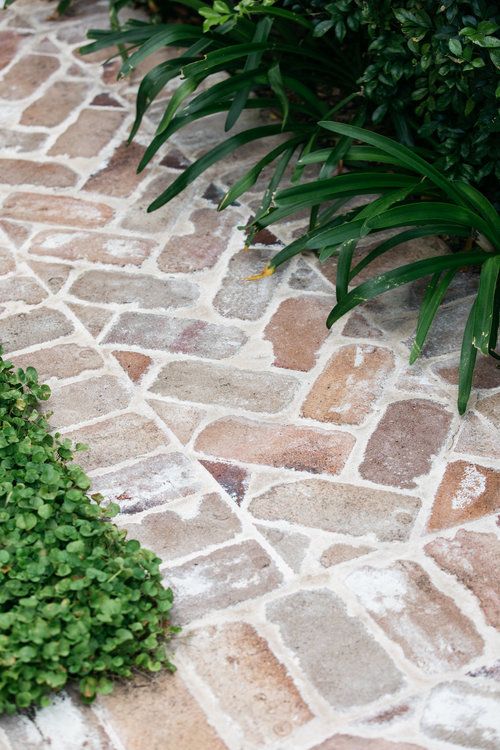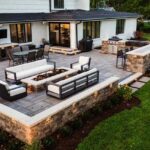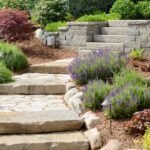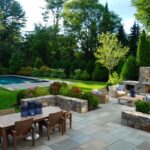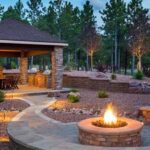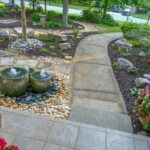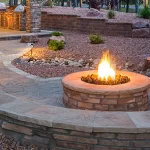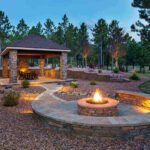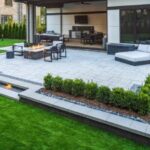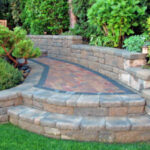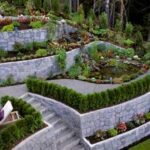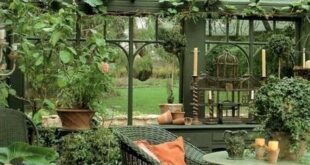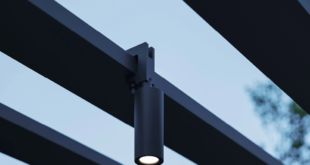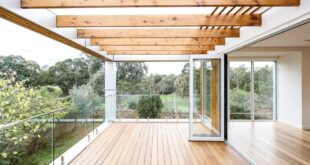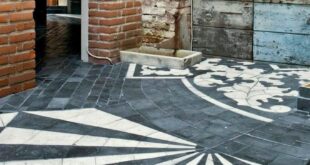When it comes to landscaping, hardscaping is an essential element that can truly transform your outdoor space. From creating functional areas for entertaining to adding visual interest and texture, hardscaping materials such as stone, pavers, and concrete can enhance the overall look and feel of your yard. If you’re looking to elevate your outdoor space with hardscaping, here is the ultimate guide to getting started.
1. Assess Your Outdoor Space
Before diving into hardscaping projects, take a close look at your outdoor space and assess its layout, size, and existing features. Consider how you currently use the space and how you would like to improve it with hardscaping. Think about the function and aesthetics you want to achieve, whether it’s creating a cozy outdoor living area, a peaceful garden retreat, or a stylish patio for entertaining.
2. Set a Budget
Hardscaping projects can range from small DIY jobs to large-scale renovations, so it’s important to set a budget that aligns with your goals and priorities. Consider factors such as the cost of materials, labor, permits, and any additional features or amenities you want to incorporate into your outdoor space. Remember to factor in maintenance costs as well, as hardscaping materials may require periodic cleaning, sealing, or repairs.
3. Choose Hardscaping Materials
There are a variety of hardscaping materials to choose from, each with its own unique characteristics, benefits, and aesthetic appeal. Some popular options include:
– Stone: Natural stone such as flagstone, limestone, and slate can add a rustic and organic look to your outdoor space. Stone is durable, low-maintenance, and comes in a variety of colors and textures.
– Pavers: Concrete or clay pavers are versatile and come in a wide range of shapes, sizes, and colors. They are easy to install and can be used to create pathways, patios, driveways, and more.
– Concrete: Concrete is a budget-friendly option that can be stamped, stained, or colored to mimic the look of natural stone or brick. It is durable, easy to maintain, and can be customized to suit your design preferences.
4. Plan Your Hardscaping Layout
Once you have chosen your hardscaping materials, it’s time to plan the layout of your outdoor space. Consider how you want to divide and define different areas, such as seating areas, dining spaces, walkways, and gardens. Think about the flow of traffic and how people will move through and interact with the space. Create a detailed plan or sketch to visualize the final design and ensure that all elements work together harmoniously.
5. Hire a Professional
While some hardscaping projects can be done as DIY tasks, larger or more complex projects may require the expertise of a professional hardscape contractor. A skilled contractor can help with design ideas, material selection, installation, and maintenance, ensuring that your hardscaping project is completed successfully and efficiently. Be sure to research and interview multiple contractors to find one that has experience, references, and a portfolio that aligns with your vision.
In conclusion, hardscaping can enhance the beauty, functionality, and value of your outdoor space. By following this ultimate guide and investing time and effort into planning, budgeting, and selecting the right materials and professionals, you can create a truly stunning and enjoyable outdoor oasis that you and your guests will love for years to come.
